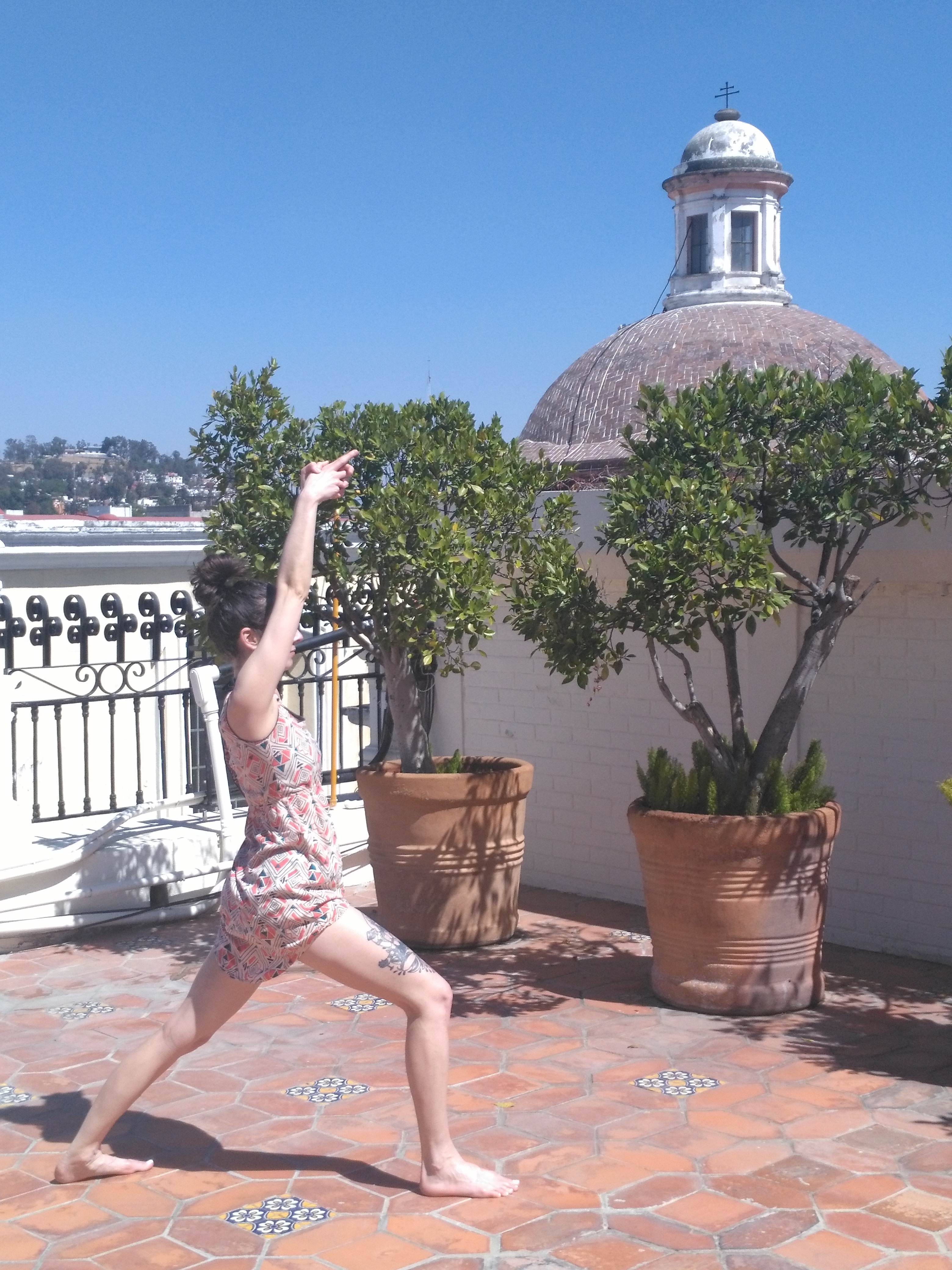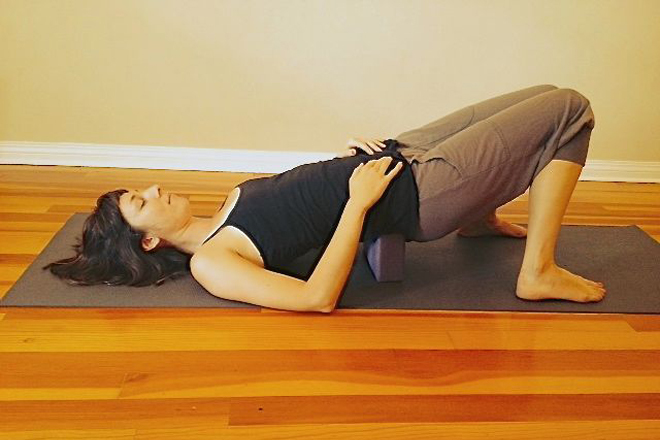Pathfinding
Secrets of Softening the Psoas
Jacob Ammentorp Lund/Getty
Stretch all you want—these muscles won’t release until you feel safe enough to let them.
The psoas muscles are often to blame when dealing with lower back pain, sciatica, and even constipation and other gut issues. They have a relationship with our organs, nestled up next to the guts and the reproductive system, and they are strongly governed by the nervous system.
We must be gentle when we approach and try to soften the psoas, as they are deeply connected to our spirits and our experience of stress. Stretch all you want—these muscles won’t release until you feel safe enough to let them.
How To Soften the Psoas
The psoas muscles are twinned, two muscles on each side of the body, the only ones that directly connect the leg bones to the spine. They are tucked in with your adrenal glands, which produce stress hormones, and your kidneys, which in Chinese medicine are related to your fundamental energy, or life force. When this area gets depleted from stress, you can lose our energy and passion for life. Here are a few things you can try to help soften the psoas and feel better:
Psoas Breath
Simply breathing into this area can help soothe and re-energize.
Sit or stand comfortably and wrap your hands around your back ribs. Your thumbs will point toward the front of your ribs and down toward your hips, and your fingertips will touch a fleshy area close to the spine that might even feel a little bit tender, especially if you have been feeling stressed.
[Read: “Releasing Your Stress Muscle: 3 Poses for the Psoas.”]
As you inhale, try to puff up your hands, letting your ribs lift and expand. As you exhale, simply relax. Think of opening the area of your kidneys and back ribs and filling the area with breath. Take 5-10 of these deep breaths, then relax your hands. Take a few more gentle breaths, ensuring that you relax your shoulders, and notice how you feel.
Warrior One
From standing, step your right foot back two or three feet, and turn your foot out on a 45-degree angle so the heel can land comfortably on the ground. Feet should be about hips distance apart width-wise, like a long walking stride.
Start with both legs straight. Ground your right heel in the earth so your leg gets straight and strong, and try to tuck your tailbone under you. Square your hips forward. Make sure your butt muscles are fired up. Reach your arms up and try to spread your back ribs wide as you inhale. Keep all this, and as you exhale, gently bend your front knee until you feel a stretch along the front of the right leg. Hold for 5-10 breaths, focusing on opening the back ribs with your inhales. Then switch sides.

Supported Bridge Stretch
Lie on your back and elevate your hips with something: a cushion, a yoga block, whatever you have available. The higher the prop, the more intense this stretch will be. Be aware that you should avoid any back pain while doing this stretch, so be gentle if you are feeling sore at the moment.
The prop should allow your sacrum to rest on it, so the back of your pelvis is supported. It shouldn’t feel like a big backbend, more like an elevation of your hips that allows your back to lengthen. Start with your knees bent, feet on the floor.

Gently straighten your right leg onto the floor in front of you. Flex the foot and breathe into your belly. If this feels okay, pick up your left knee and hug it in towards you, interlacing your fingers over the knee. Hug the knee slightly wide to the left. Keep breathing into the belly and let your back ribs sag toward the floor. Take 5-10 breaths and then switch sides.
Go deeper and unpack the mythology and philosophy of the Warrior poses.






